Complication reporting: consensus paper on classification; Delphi Study
Delphi I: Consensus on reporting of complications after urological surgeries
Background
Reproducible assessment of postoperative complications is essential for reliable evaluation of quality of care and recovery, to make patient counselling more transparent and to enable comparisons between treatment options and treatment centres. This has become even more important with patient classification systems such as diagnosis-related groups (DRG) that standardise prospective payments to hospitals and encourage cost containment initiatives. The entirety of complications which are of cost-detriment heavily influence those classification systems. Furthermore, postoperative morbidity strongly impacts a patient’s quality of life.
Ultimately, a worldwide standardised complication reporting system in urology and comparison of postoperative outcomes should also stimulate competition among urologists while improving quality of surgery and eventually limiting the associated cost burden of health care.
The Clavien-Dindo system proposes general principles to classify complications of therapies based on a severity grading system (Grade 1 to 4b, Grade 5 means death) which is defined on the intervention required for each individual complication.
Although this classification is the most widely used grading system of complications which has been reassessed and validated after its introduction in 2004 and comprises most of all possible complications and subsequent required interventions, there is still no consensus on how to define and grade a number of postoperative complications after urological surgeries.
For instance, the grade of severity for insertion of an indwelling catheter under local anaesthetic which is frequently needed has not been defined. Similarly, insertion of a suprapubic catheter or evacuation of a blood clot in the bladder has not yet been classified.
Furthermore, comparisons of patients with more than one complication and subsequent interventions are difficult; to overcome these shortcomings, the comprehensive complication index (CCI), was developed and recently modified specifically for urological surgeries.
Even though Clavien et al. described 5 different scenarios to assess multiple interventions following the same complication (e.g. complications caused by a therapy of a prior complication), there is a lack of consensus on how to number multiple interventions in different specific scenarios (e.g. ten-times change of VAC dressing, or ten-times physiotherapy for a lymphoedema is counted as 1 or 10 complications; or are all subsets of an ileus treatment [laxatives, pain killers, nasogastric tube, re-laparotomy] counted independently).
As such, conclusive assessments of urological procedures remain limited by the lack of consensus on how to define those specific complications and scenarios and to stratify them by severity. This shortcoming hampers comparison of outcome data among different centres, between urological interventions, and within a particular centre longitudinally over the course of several years.
Aim
Our current study consists of 3 steps:
1. First, to propose a completion of the Clavien-Dindo classification specifically customised for urological surgeries based on the experience gained with the pre-existing classification and finding a consensus with the expert panel, by using the Delphi method.
2. Second, to prospectively test this classification in a large cohort of patients in different populations undergoing urological surgery.
3. Third, to assess the reproducibility and acceptability of the classification in the broad urological community through an international survey.

